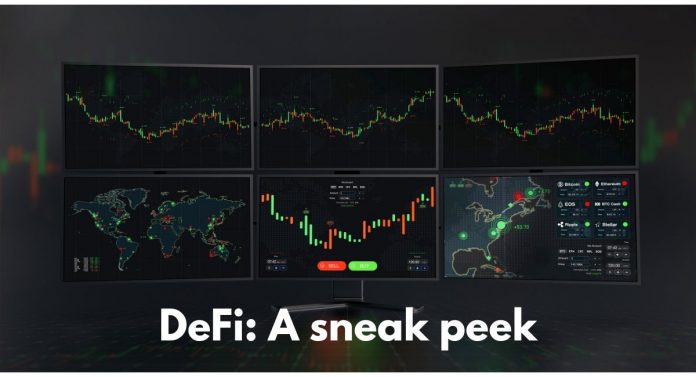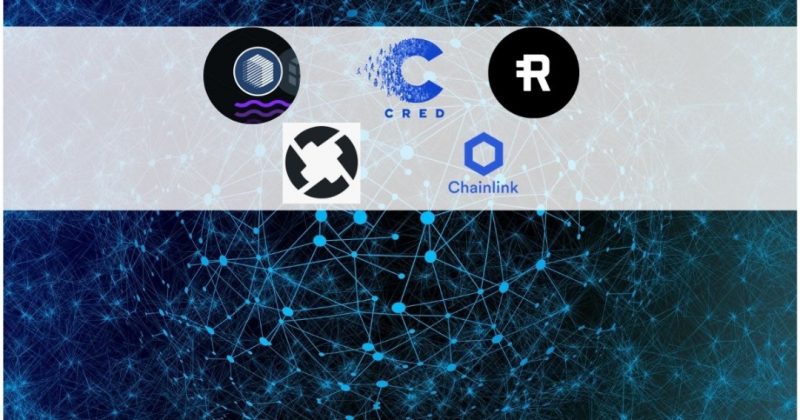
Put simply, stablecoins are less volatile tokens that are usually backed by a currency, commodity or a collection of both that enables them to keep a steady price, unlike the often wild swings of other cryptocurrencies. Much like DeFi applications, stablecoins have also seen a rise in popularity and usage in recent times. Popular DEX’s are dYdX, Uniswap and Kyber network. Some DEX’s use proxy tokens, others multi-signature escrow systems and some use shares. Instead trades are done through a peer to peer (P2P) trading network and a range of methods are used to facilitate this. The first is security as you are not trusting a centralized exchange which could be susceptible to hacks with your funds. The main difference between the two is that there is no central authority over decentralized exchanges, rather governance is determined in various ways, like through earning native tokens.įocusing on namely cryptocurrencies, the decentralized exchanges offer a range of benefits. Most of you will have an idea of the more famous centralized exchanges like Binance and Coinbase, but decentralized exchanges (DEX’s) may be less so. What is a Decentralized Exchange?Įxchanges are the heartbeat of the cryptocurrency traders. Sold on DeFi now? Well if so, read on for a closer look at the different blockchain applications in the field and the top companies within each subcategory. The technology could have an impact on the third world, where many of the population is unbanked or even in more developed financial societies as governments and financial institutions continue to lose credibility as they go from recession to recession. From loans to remittance markets and even insurance, the DeFi field could give financial access to people around the world as all they need is an internet connection. Part of DeFi’s popularity is down to its transformative effect on almost all aspects of finance.

The DeFi market is a field that has grown massively in recent months as billions of dollars are handled every hour in the sub industry.

The majority of DeFi sites are run through decentralized apps or Dapps, which allow for financial services to be created and be used easily by anyone.

These are open access to anyone, resistance to censorship, privacy and an open democracy of finance away from singular control. The term DeFi has turned into an all encompassing term for a range of projects, but the core values of each are pretty clear. Yet, how does blockchain’s decentralized foundation play into the emerging DeFi field? DeFi Explainedįor many, blockchain is the embodiment of the DeFi field and is the promised land of finance that Satoshi Nakamoto first imagined when he created Bitcoin. Companies, governments and financial institutions are all clambering to bring developers on board as blockchain continues to be viewed in an increasingly glowing light. The benefits of this system are that it doesn’t have a single point of failure, making cyber attacks and poor leadership somewhat irrelevant.Īs such blockchain has been earmarked as the breakout technology of the 21st century.

Rather, the computer power and the overall network is split up, which is why it is decentralized. Blockchain is reliant on open source networks and has no central entity controlling it. Part of the reasoning for many supporters of decentralization is that blockchain technology at its core was made to be decentralized. To give a little context, the decentralized v centralized argument is akin to economic arguments on political systems between capitalists and communists. Be it on Twitter, with the various profiles espousing the benefits of decentralization and calling out centralized cryptocurrency projects, or in articles online. What is decentralized and what does it mean?ĭecentralized is a term you will have definitely heard thrown around even if you are relatively new to the cryptocurrency scene.


 0 kommentar(er)
0 kommentar(er)
